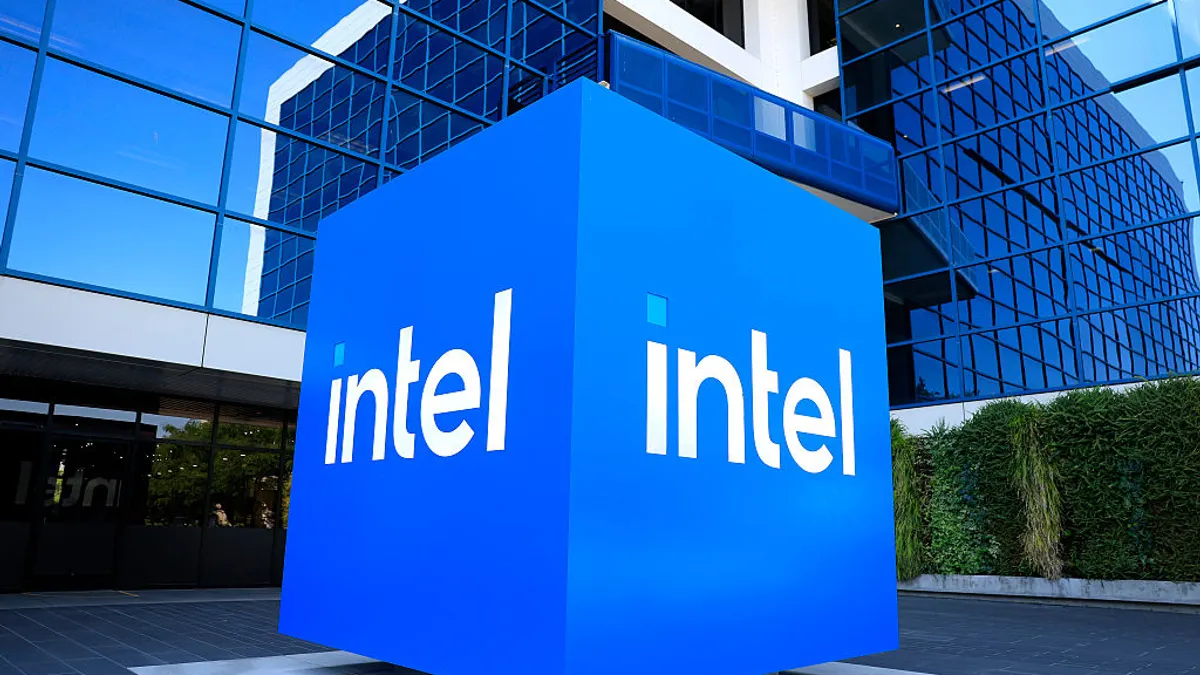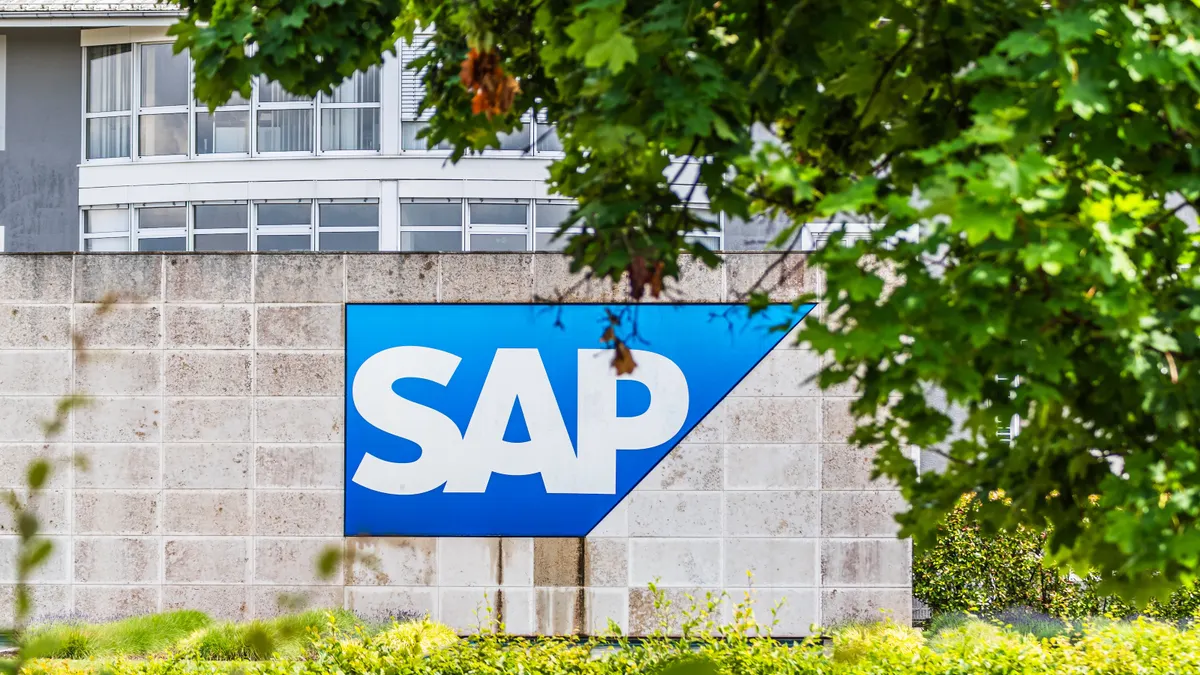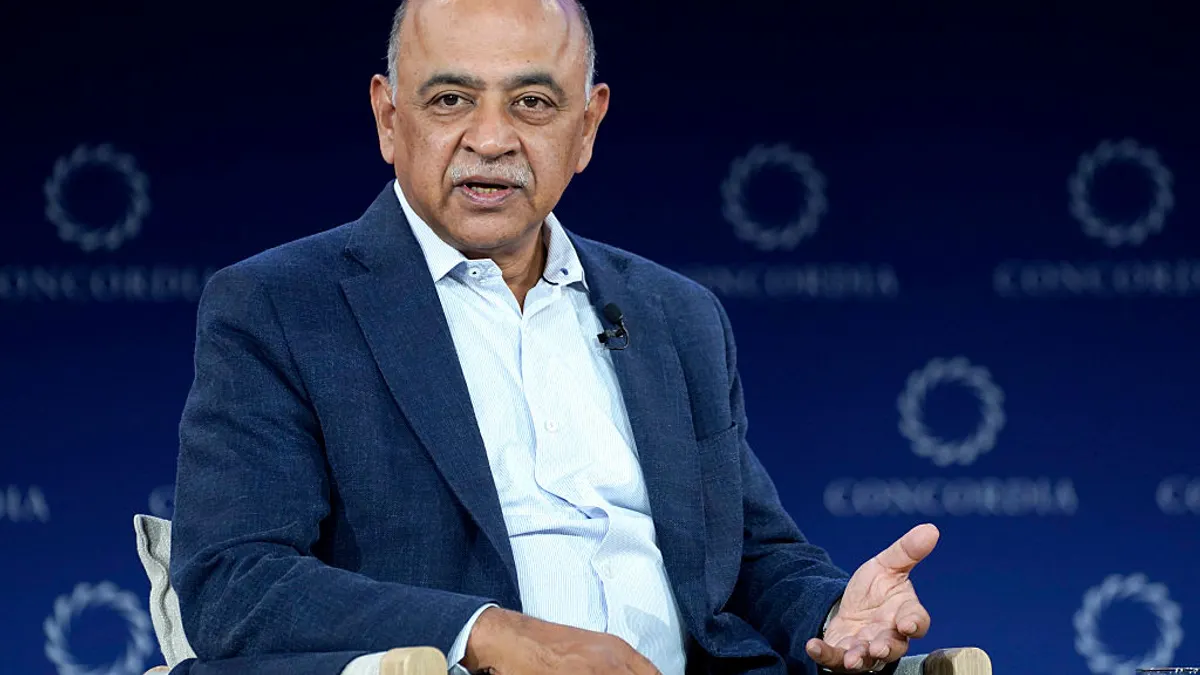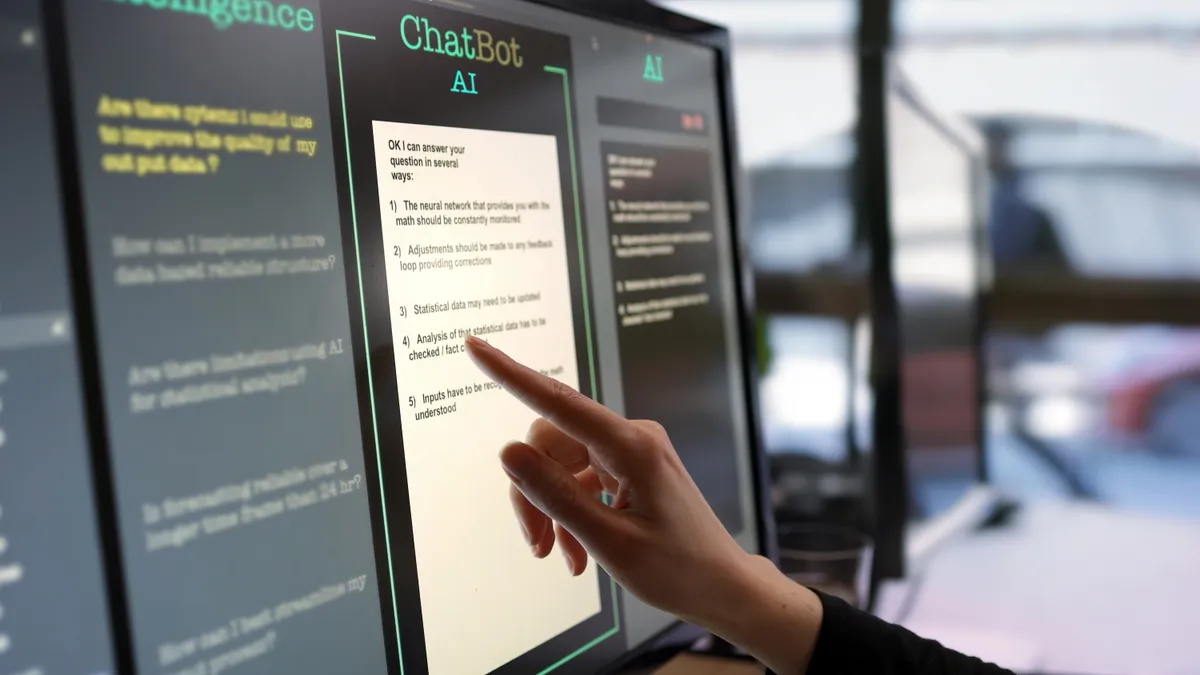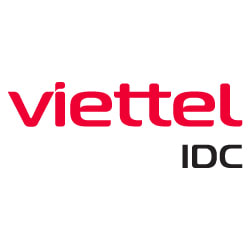CEOs and boards of directors will press CIOs in the coming months to deliver the technology underpinnings of a nimble digital enterprise.
Tech leaders are expected to make headway on generative AI implementations, all the while keeping the cloud bill in check. CEOs will also want to know when investments in AI will deliver value, and expect their CIOs to keep close watch over a fast-moving regulatory environment.
All in all, a busy year lies ahead for CIOs.
Here are seven technology trends CIO Dive will track in 2024:
1. Generative AI will empower more non-technical talent.
Enterprises spent much of 2023 investing in generative AI or preparing for large-scale implementation.
In 2024, those efforts will reshape how companies approach the tech-talent market, bringing a larger swath of non-technical workers into the fold thanks to a lower barrier of entry.
As generative AI gains more capabilities, employees will become empowered to perform more technical work even if they don't possess the skills that were once necessary, according to Keyur Ajmera, CIO at iCIMS.
Now that generative AI is an enabler, you "effectively allow early career workers to come in and essentially focus more on high value work," said Ajmera. "The nature of work itself has changed."
Paradoxically, a lack of tech talent often slows down generative AI implementations today. But as the technology becomes more ingrained in the tech stack, adoption becomes an easier process as employees click, drag and type their way into actionable insights.
AI's impact doesn't necessarily translate to employers needing less talent overall. However, the shift may impact some tech roles, such as the IT help desk, more sharply than others.
2. CIO: the 'total technology leader.’
Consumers, and employees, have grown accustomed to smooth digital experiences and tech-enabled operations.
At the center of those expectations sits the CIO. And in 2024, experts say the CIO will more closely coordinate technology across units, in partnership with executives in charge of cybersecurity, data science and AI.
"[Technology] is just such a specialized and constantly evolving domain that you will continue to see those roles," said Ed Stadolnik, consultant at executive search firm Spencer Stuart.
The firm envisions the CIO as a "total technology leader" responsible for overseeing the operational technology — including applications, infrastructure and cybersecurity — while also owning digital and data and analytics solutions.
The CIO will also play a pivotal role in the selection of technologies a company turns to.
Part of the challenge in orchestrating different tech realms involves sourcing technology from an expanding catalog of vendors, according to Ken Englund, Americas leader for technology, media and telecommunications at consulting firm EY. This especially applies to infrastructure that supports AI.
"Where I think the CIOs are gonna have critical importance is how they set up this infrastructure," said Englund.
3. Distributed cloud finds its on-prem footing.
As 2023 wound down, McDonald’s partnered with Google Cloud to install the hyperscaler’s hardware in thousands of locations. The move reflected a broader shift to the edge underway this year.
“The march to [the] cloud is going to continue and we’re going to see a variety of cloud options,” Englund said. “A lot of the conversations we’re having now are about private cloud and edge cases.”
Distributed cloud isn’t a new capability, but data-hungry analytics operations LLM technologies have increased its enterprise appeal.
“It’s extending the cloud,” said Carmen Taglienti, chief data officer at Insight Enterprises, told CIO Dive.
While the rush to adopt compute-intensive, data-dependent solutions is driving the trend, it’s a natural progression in cloud’s maturity.
“The hyperscalers have grabbed all the low-hanging fruit and, as they work their way up the tree, the use cases companies need to cover now require more proximity to where the activity is happening,” Englund said.
4. Generative AI hype dwindles as quest for ROI intensifies.
The frenzy surrounding generative AI is expected to lessen this year, but the tech is not going anywhere. Most organizations weren’t ready to jump into implementation in the first half of 2023 as adoption lagged behind excitement, creating a hype-filled vendor echo chamber.
Now, with more practice under their belts, leaders are entering the new year with a better understanding of where and how to adopt generative AI as the pressure to bring ROI intensifies with each investment of time, money and resources.
As an early adopter of generative AI, Zillow expects the momentum to identify new use cases and bring business value with the technology will only persist in the new year, according to Lakshmi Dixit, VP of tech engineering and operations at the real estate marketplace company. But Dixit also underlined that the tech is not a cure-all.
“It’s definitely a balance of how do we leverage its capabilities and [recognizing] that the landscape is very different in 2024 than it was in 2023,” Dixit told CIO Dive. “But, that said, we are very optimistic and while we are still being innovative, we cannot lose sight of our customer challenges.”
Getting it right, according to Dixit, requires a combination of using AI where it is applicable and understanding when it doesn’t solve user experience problems.
5. FinOps practices mature.
As cloud deployments expand, concern over cost is intensifying.
The big three hyperscalers vowed to help customers optimize spending last year, and in October AWS joined Microsoft and Google Cloud in the FinOps Foundation, a nonprofit trade group developing cloud billing and financial management standards.
Forrester expects widespread adoption of the FinOps Open Cost and Usage Specification in the coming year. The FinOps Foundation announced a forthcoming expansion of its open source cloud cost standardization framework, known as FOCUS, in November, and updated its OpenCost cloud cost monitoring solution in October.
“Cloud cost control strategies like FinOps are a game changer because they allow financial, technical, and business teams to get on the same page to optimize cloud investments,” Dave Simpson, acting cloud practice leader and SVP at Kyndryl, said via email.
Cloud budget hawks may get an assist from emerging AI capabilities, too, Simpson said.
“Beyond FinOps, another strategy that helps businesses strengthen their cloud strategies is AIOps, which can help enterprises proactively identify and stop IT issues before they happen,” he said.
6. Regulatory scrutiny pushes transparency from AI vendors.
Driven by a regulatory scrutiny intended to keep AI in check and the need from CIOs to produce tangible results, vendors can expect more in-depth questions regarding their AI-powered tools and services.
Technology leaders understand the risks involved with generative AI, from privacy concerns to generating bias or incorrect information. But the rules of play around generative AI were as nascent as the technology’s integration into business workflows last year.
AI watchdogs, however, are sending signals that this year, there will be more clarity on how the technology fits into laws.
“What we’re seeing are lots of informal statements by regulators about their concerns, and then accompanied by anecdotally hearing about examinations or investigations or questions from regulators to some of our clients that are in the space,” said Amy Caiazza, partner, fintech and financial services at Wilson Sonsini Goodrich & Rosati. “To me that suggests we’re going to see heightened informal and formal enforcement activity over the course of the next months and year.”
7. SaaS drives cloud spending increases
As the shift to usage-based SaaS becomes entrenched, software costs are on the rise, regardless of how enterprises source solutions.
Microsoft, Salesforce and SAP are just three of the major vendors that announced price hikes last year, and generative AI add-ons to CRM and ERP products increase consumption and cost.
“A lot of the big software vendors who used to offer on-prem solutions are increasing support fees for on-prem and pushing their clients to the SaaS model,” said Forrester Senior Analyst Akshara Naik Lopez. “So, it's not just that SaaS may be more expensive, but even if you stay on premise your support fees could be increasing.”
Almost three-quarters of SaaS vendors raised prices in 2023, according to Vertice’s annual SaaS Inflation Index, as overall spending on software grew nearly 18%.
“There isn't a whole lot of ability to avoid SaaS in most major categories of enterprise software,” Liz Herbert, Forrester VP and principal analyst, said, noting that the shift benefits companies that want access to best-in-class solutions and features.
For many products, cloud-based software has become the only option.
“If a specific client is not ready to go to SaaS, they can take the two-step approach of hosting a solution on a hyperscaler first,” Naik Lopez said. “But many are just moving to SaaS because, let’s be honest, a lot of the software vendors aren’t offering on-prem options.”








